
We’ve all had brainstorms that didn’t work out.
But some awful ideas get made into products that cost big bucks to promote and then become embarrassing belly flops.
Those products live on in our collective memory, a reminder that even CEOs and high-paid marketing whizzes are capable of blowing it.
Here’s a look at some fantastic flops that sent their inventors back to the drawing board.
1. New Coke

Let’s just crown New Coke the king of all product whoopsies.
When Coca-Cola introduced the reformulated soft drink in 1985, the company hoped to re-energize its brand.
Instead, cola consumers bubbled over with complaints. As the Coca-Cola Co. says, the change spawned “consumer angst the likes of which no business has ever seen.” Just 79 days later, the company brought its original formula back.
Since then, New Coke has become a prime example of the risks of messing with something that isn’t broken. The beverage’s brief, turbulent life has even been rehashed for lessons on marketing failures in business schools.
In 2019, New Coke had the last laugh, making a very brief promotional comeback tied to an appearance in Netflix’s 1980s-themed sci-fi series “Stranger Things.”
2. The Edsel
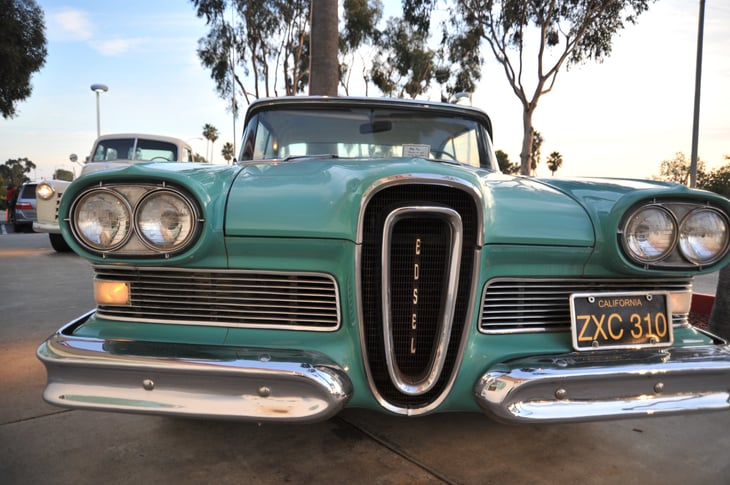
Pity the poor Edsel. The brand of car, produced by automaker Ford beginning in 1957, was named for Edsel Ford, son of famed Ford Motor Co. founder Henry Ford.
Now, though, it’s included in certain dictionaries as a term for a product that fails to gain public acceptance despite high expectations.
Some blame the car’s unusual look, especially the vertical chrome oval on the front grill. Others blame mechanical issues — a joke circulated that Edsel was an acronym for “Every Day Something Else Leaks,” according to the Washington Post.
Ford stopped producing the car in 1959. But that’s not the end of the story. Today, a mint-condition Edsel can sell for up to six figures, the Post says.
3. Google Glass
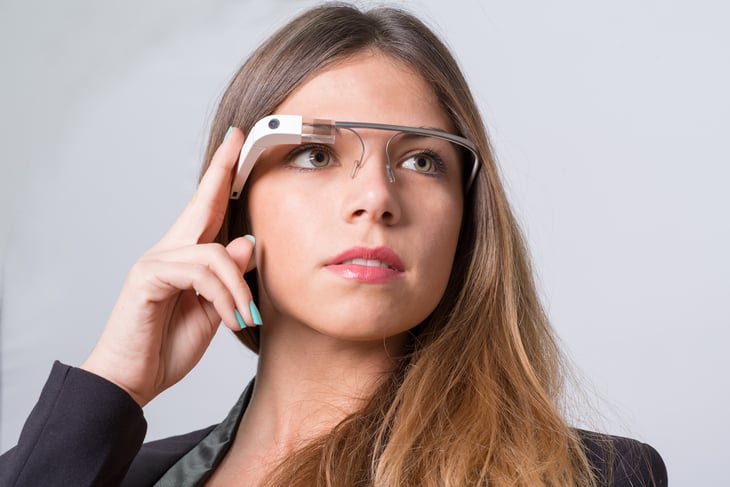
Created in 2011, Google Glass sounded like something out of a science-fiction movie or novel.
The product resembled an odd pair of eyeglasses. The makers promoted it as a wearable computer that could take photos, shoot video and act as a GPS, among other things.
Amid product bugs, bad reviews and worries that Glass wearers could surreptitiously record people in public places, Google shuttered the original program in 2015, The New York Times writes.
And yet, Google Glass never completely went away. In 2019, MIT Technology Review reported the release of a new version, the Glass Enterprise Edition 2, which was for sale to businesses only. Glass “has quietly gained a foothold in various industries, including logistics and manufacturing, providing hands-free access to information as people work,” the report said.
4. Crystal Pepsi
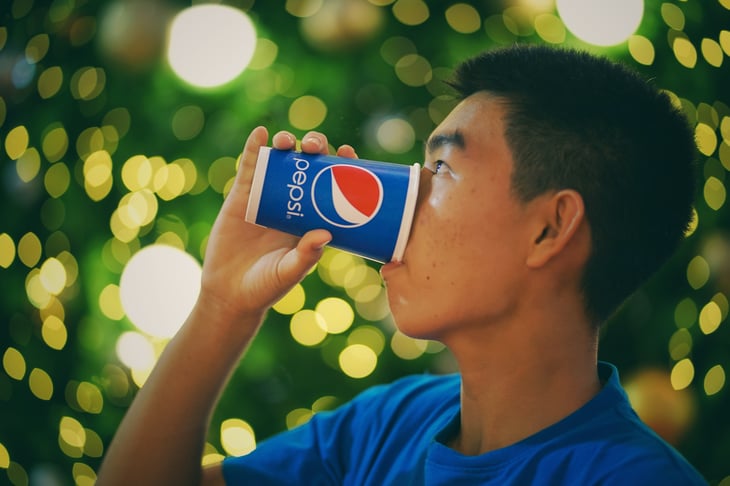
In the 1970s, earth tones dominated design trends. The 1980s brought neon brights.
And then came the 1990s, when the trend was for no color at all — clear products were all the rage.
Crystal Pepsi, the see-through soda, led the charge with a caffeine-free product it launched in 1993 with a big Super Bowl ad splash.
Pepsi pulled the soda pop from shelves by the end of 1994. Even its inventor says Crystal Pepsi didn’t taste enough like the original Pepsi.
Crystal Pepsi was brought back for a limited time in 2016 before fading into 1990s nostalgia, along with “Seinfeld” and grunge music.
5. Wow! potato chips

Fat-free potato chips? It’s enough to make a consumer say “Wow!”
That was the hope. But when Frito-Lay introduced Wow! chips in 1998, there were issues.
The chips reportedly tasted like regular potato chips, achieving their fat-free status by using olestra, a fat substitute, which Procter & Gamble marketed as Olean, the New York Times reported in 1999.
However, there were gut-level side effects that occurred with excessive consumption of olestra over short periods of time that were, er, hard to stomach. As a result, the Food and Drug Administration required olestra products to carry what the Times called “arguably the most unappealing food product label in history: ‘Olestra may cause cramping and loose stools.’”
The FDA lifted the label requirement in 2003. But it was too late for Wow! chips.
6. ‘E.T. the Extra-Terrestrial’ video game
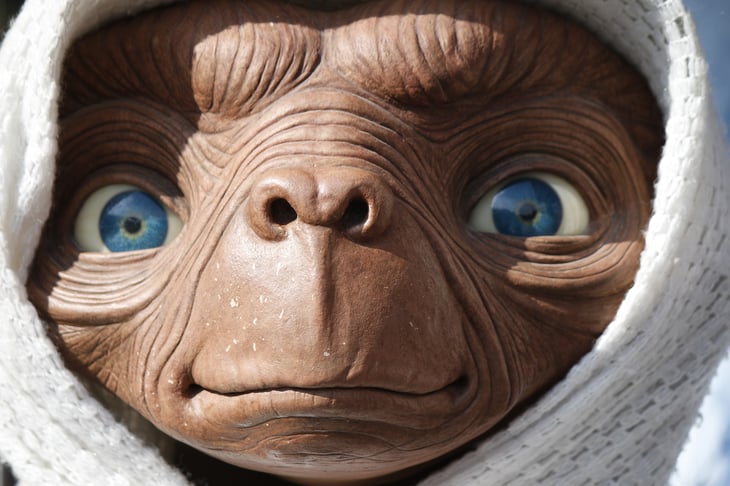
“E.T. the Extra-Terrestrial” was a blockbuster at movie theaters, winning four Academy Awards in 1983.
But the video game of the same name, designed for the Atari 2600 computer, has been called the worst video game ever. Game designer Howard Scott Warshaw had just five short weeks to develop the game. Apparently, it showed. Players rejected it.
Truckloads of cartridges were buried in a landfill in a New Mexico desert — as documented by a film company that dug some up in 2014.
7. The Apple Newton
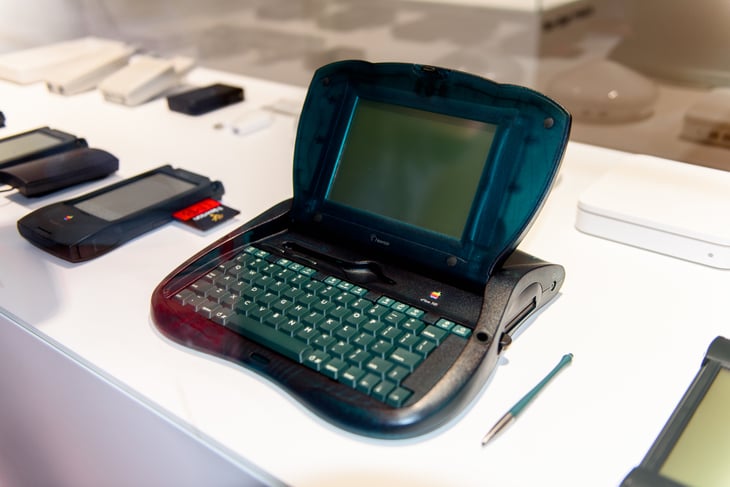
Apple Inc. has created plenty of dazzling, world-changing products, including the iPhone.
The Apple Newton MessagePad was the company’s first attempt to create a handheld digital personal assistant or tablet computer. The Newton, equipped with a touch screen, could be used to take notes, translate handwriting into text and even send a fax.
Or could it? The handwriting translation worked about as well as trying to read your doctor’s messy scribbles — even “Doonesbury” mocked it in 1993.
Apple co-founder Steve Jobs hated the Newton. That sealed its doom, according to Wired magazine.
8. The DeLorean
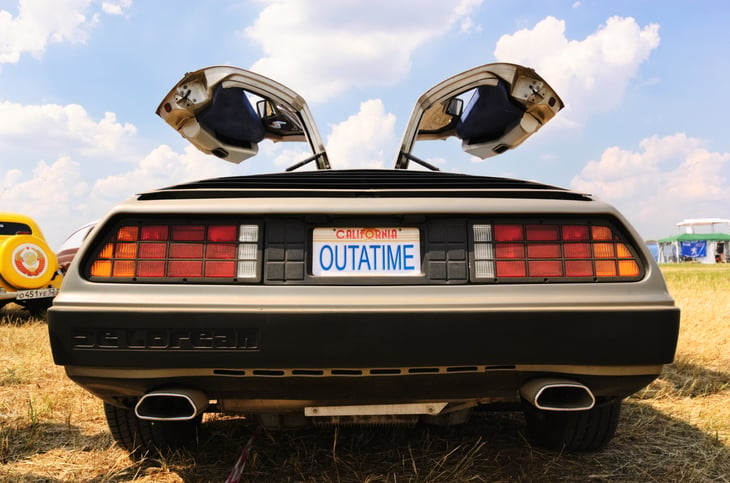
John DeLorean’s car company made just one model of car, the eponymous DeLorean, but thanks to “Back to the Future,” many Americans recognize it.
The DeLorean’s famed gull-wing doors were hinged to open at the car’s roof, making the vehicle stand out from the crowd.
The cars were made only for model years 1981 through 1983. There were quality-control issues, and the car lacked power, CNN recalls.
It didn’t help that John DeLorean was arrested in a drug-smuggling case (he was later acquitted) and his company filed for bankruptcy.
The striking car might have been forgotten if not for its use as a time machine in the popular 1985 movie “Back to the Future” and its sequels.
9. The XFL

Remember the Memphis Maniax? The Los Angeles Xtreme? The Chicago Enforcers?
No? That’s understandable: Those were all team names from the XFL, a defunct American football league that took the field for one season, in 2001.
Half-owned by NBC and half by the World Wrestling Federation (now the WWE), the league may be best remembered for letting teams allow players to put nicknames on their jerseys. Running back Rod Smart made himself infamous by wearing “He Hate Me” on his Las Vegas Outlaws jersey.
The league deflated after one championship game and about a year of TV programming.
A new XFL launched in 2020, with such teams as the Seattle Dragons, St. Louis Battlehawks and Tampa Bay Vipers. But then it had to cancel the remaining games of the season as the COVID-19 pandemic began to spread. In April 2020, it filed for bankruptcy protection.
But, wait. There’s a sequel. In August 2020, actor Duane “the Rock” Johnson and a group of investors purchased the league. They now hope to play again in 2023.
10. Microsoft Clippy

Hi, it looks like you’re writing an article about failed products. Would you like some help? Microsoft thought you might.
Beginning with Office for Windows, in 1997, Microsoft created an interactive virtual assistant that could pop up in a user’s document on the screen to offer help. The default setting for the assistant was a paper clip named Clippit, dubbed “Clippy.”
Clippy’s tendency to pop up and insert himself into a user’s work was often more annoying than useful.
The company turned off Clippy’s default setting in 2001, and by 2002 was actively poking fun of Clippy in its ads. He quietly clipped off into the sunset after that.
11. Betamax
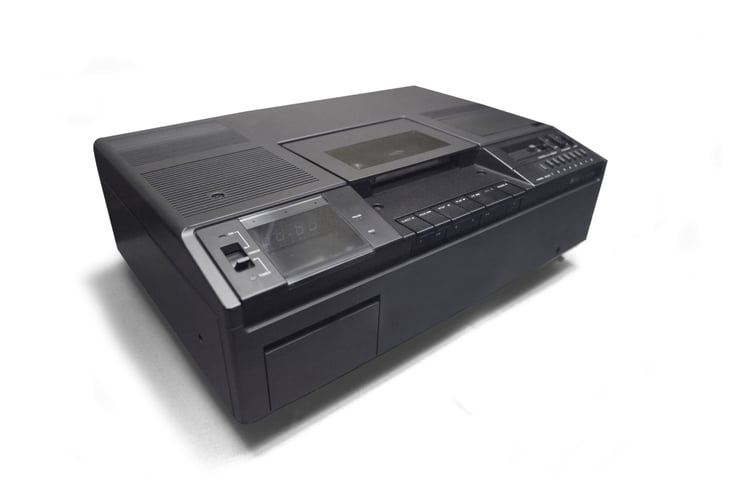
PC or Apple computer? Marvel or DC Comics? VHS or Betamax? The VHS-versus-Betamax competition has found its place among some of the great debates of our time.
Both were formats used by consumers to watch and record video. Betamax lost the format war.
According to PC Magazine, Betamax was introduced in 1975, and early cassettes only held one hour of video. VHS came out a year later with longer recording time. The fight was on.
As the magazine notes elsewhere, many users thought Betamax was the better format, but in the end, that didn’t matter. VHS caught on, and Betamax was gone by the 1990s.
VHS fans couldn’t gloat for long. VHS eventually was replaced by DVDs.
12. McDonald’s Arch Deluxe
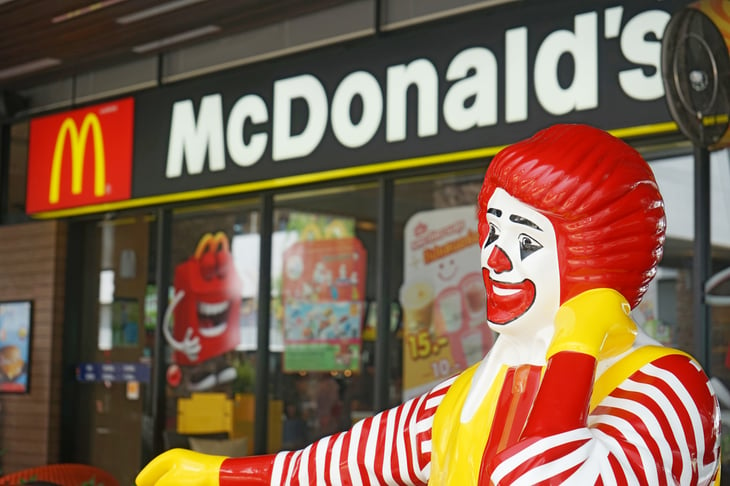
In 1996, the fast-food chain tried to class up its menu with the Arch Deluxe line of sandwiches that included burgers, chicken and fish. The Arch Deluxe burger, aimed to appeal to adult tastes with a “secret” mustard and mayo sauce, was the marquee item.
Analysts estimated that development of the Arch Deluxe cheeseburger cost the company between $100 million and $200 million, the L.A. Times reported.
McDonald’s commercials bragged that the burger wasn’t for kids. Really, was that the best sales technique for a family restaurant? McDonald’s pulled the product by the late 1990s, Business Insider reports.
13. Bic for Her pens

Sure, some products appeal more to one gender than another. But you’d think the simple ballpoint pen is a unisex accessory.
When pen company Bic came out with Bic for Her pens in 2012, the jokes pretty much picked up the Bic pen and wrote themselves. Hilarious Amazon reviews skewered the concept.
The pens themselves were designed in pastel colors but were otherwise unremarkable. Bic for Her pens (later called the BIC Cristal for Her Ball Pen) are no longer made, but you can gaze on their oh-so-feminine packaging at Amazon.
14. Smell-O-Vision

Hollywood movies have come a long way. Silent films gave way to talkies, and black-and-white films to Technicolor. IMAX, 3-D, Dolby surround sound — they’ve all found their way into the theaters.
Some movie marvels, though, were goofy gimmicks. Case in point: the 1960 invention Smell-O-Vision and the similar Aroma-Rama, introduced in 1959.
As American Movie Classics’ “The History of Film” recalls, cinemas pumped relevant scents, such as pipe tobacco or smashed grapes, into the theater to accompany a “scented” film. Only a very few movies ever took advantage of the trick.
